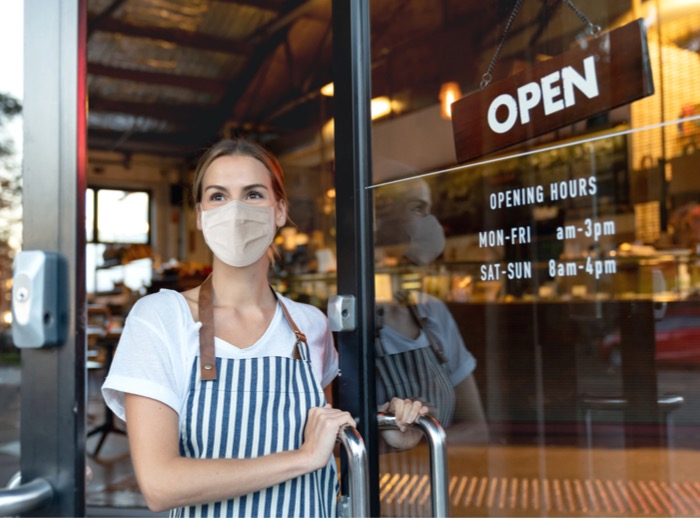Paid leave scheme to launch for some casual employees in Victoria

12 April 2022

During the pandemic casual workers bore the brunt of taking unpaid sick leave whether it was to isolate or having to choose between getting paid or their health and safety. This shortfall has been recognised by the Victorian State Government and has become the first state to offer paid sick and carer’s leave to casual employees.
In a pilot scheme estimated to cost $245.6 million, the State Government will be offering up to five days of paid personal and carer’s leave to eligible casual employees in certain industries.
In this article, I discuss the ins and outs of this trial scheme, how the State Government intends to implement it, and what employers must do to prepare for its launch.
What is the scheme and how will it work?
As we know, permanent employees have access to a maximum of 10 days of sick leave per year, part-time employees accrue leave based on hours worked and are paid at ordinary hours. Whereas casual employees aren’t entitled to paid leave. Instead, they’re typically paid a higher hourly rate to compensate for this by way of casual loading.
Under this trial scheme, casual employees in certain industries would be able to apply for up to five days of sick or carer’s leave each year, paid at the national minimum wage.
In explaining the rationale for the scheme, the Victorian Government looked at the difficulties casual employees faced during the pandemic. This included having to isolate without pay or risking the health and safety of their colleagues by turning up to work regardless, as well as heightened job insecurity through multiple lockdowns. In the Consultation Report for this scheme, one of the most noted illnesses affecting casual employees was mental health. By implementing this, the hope for the Victorian workforce is that businesses see lower staff turnover, fewer workplace injuries, and increased productivity as employees can take time off to recover and return to work healthy.
In the first stage, certain eligibility criteria must be met for workers to access these payments. These conditions include the employee:
- being 15 years or older;
- having no paid leave entitlements;
- working an average of 7.6 hours per week; and
- having the right to work in Australia.
They must also be either casual employees or self-employed with no other workers.
Additionally, only workers in specified industries can access these payments: currently, these include hospitality, aged care, sales, and supermarket workers, as well as cleaners and security guards.
The scheme would put in place certain evidence requirements, such as those that are applying must be able to show that they’re currently employed and provide identification documents so that the Government is satisfied that they would’ve performed paid work but were unable to due to illness or providing care.
What does it mean for employers?
This scheme will be entirely funded by the State Government for the next two years. Eligible employees will apply to and be paid directly by Services Victoria. This means no requirements are sitting directly with you as an employer to provide this paid leave to employees. Ultimately, employers aren’t expected to need to get involved in this scheme during the trial period, other than to respond to requests from the employees for evidence of employment or to verify employment details when contacted by the Government.
However, it’s worth making eligible employees aware of this scheme. This would lend towards promoting a healthy workplace, while also satisfying your duty as the employer to provide a safe workplace – which also extends to ensuring the psychological safety of employees. Supporting employees with access to an Employee Assistance Program (EAPs) can be part of ensuring you have a healthy workforce.
However, there are early indications that at the end of the trial, the burden of the scheme will be passed back to employers, whether through direct management or funded by way of industry levies. The Victorian Opposition has suggested that it’ll scrap the scheme if elected later this year.
Presently, the scheme should have little impact on day-to-day business other than anticipated increases in casual employees turning down shifts for personal illness or injury or caring responsibilities. Employers should be prepared to manage these absences to keep their operations running smoothly.
How enableHR can help?
We believe HR should be simple. Simple enough for you to run your business confidently. Inside enableHR is everything you need to manage the entire employee lifecycle, from recruitment and onboarding to managing your people and termination. If you’d like to see enableHR in action, contact us to learn more about how we can help your business.




